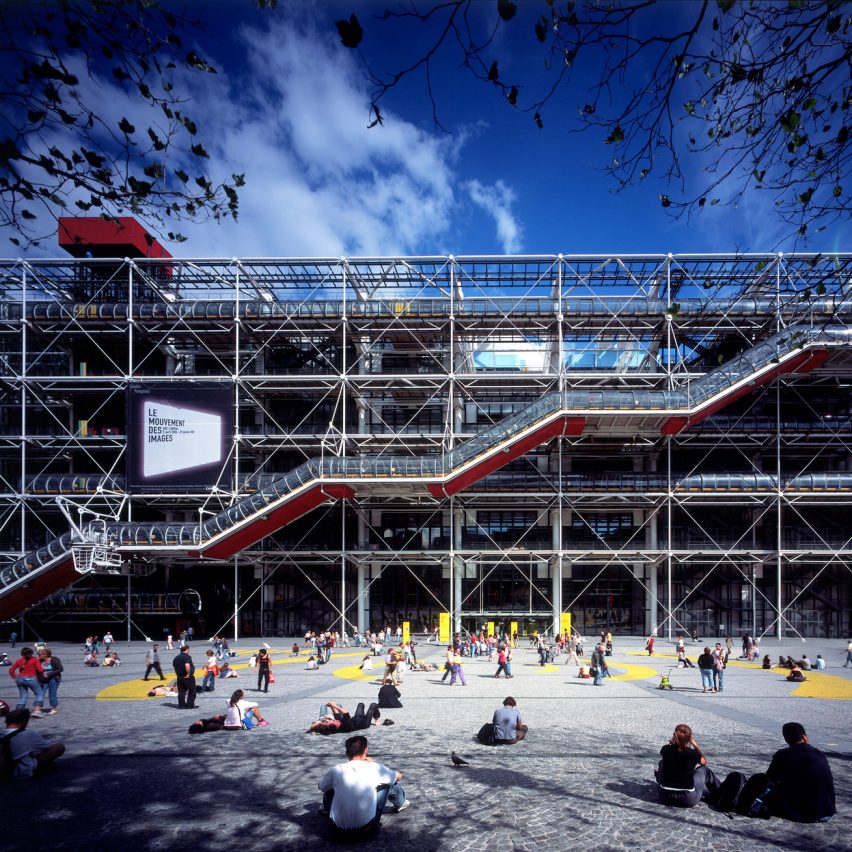Centre Pompidou: high-tech architecture's inside-out landmark

Next up in our high-tech architecture series we look at the Centre Pompidou in Paris by Richard Rogers and Renzo Piano, the inside-out landmark that drew global attention to the movement.
Known locally as the Beaubourg, after the area of Paris in which it is located, the Centre Pompidou is a cultural landmark that has its structure and mechanical services visible on the exterior of the building.
The highly-flexible container for art was completed in 1977 by British architect Rogers and Italian architect Piano, who were then collaborating together at their studio named Rogers + Piano.
"The centre is like a huge spaceship made of glass, steel and coloured tubing that landed unexpectedly in the heart of the Paris, and where it would very quickly set deep roots," Piano said of the building. Centre Pompidou is an example of an inside-out building. Photo is by David Noble, courtesy of Rogers Stirk Harbour + Partners (RSHP)
Described by Piano as a "big urban toy", Centre Pompidou contains six-storeys of large column-free spaces. It is the largest museum for modern art in Europe and also contains a vast public library and a centre for music and acoustic research.
The building is designed so that the internal spaces can be easily rearranged ? made possible by placing the building services, corridors, elevators and structural members on its exterior.
It was designed by Richard Rogers and Renzo Piano as a highly-flexible container. Photo courtesy of Rogers Stirk H...
| -------------------------------- |
| Toyota announces e-Palette vehicle as its future of mobility at CES 2018 |
|
|
Villa M by Pierattelli Architetture Modernizes 1950s Florence Estate
31-10-2024 07:22 - (
Architecture )
Kent Avenue Penthouse Merges Industrial and Minimalist Styles
31-10-2024 07:22 - (
Architecture )






